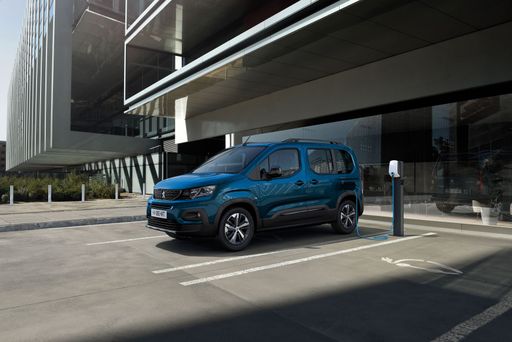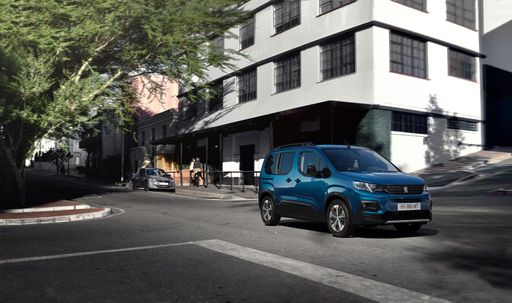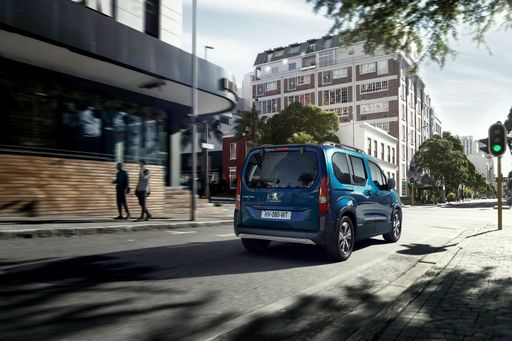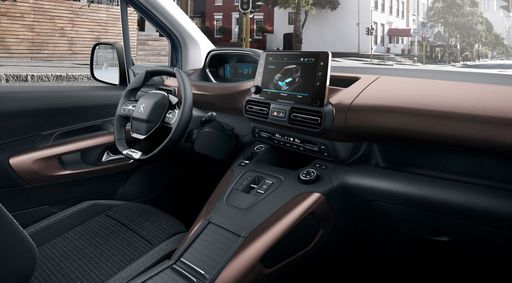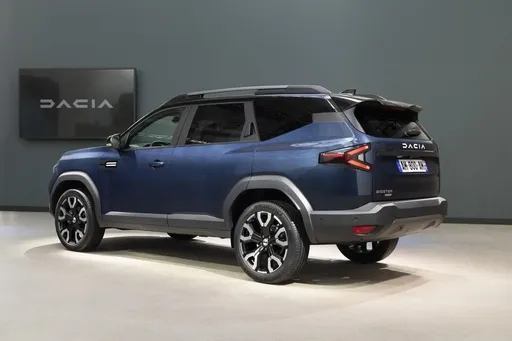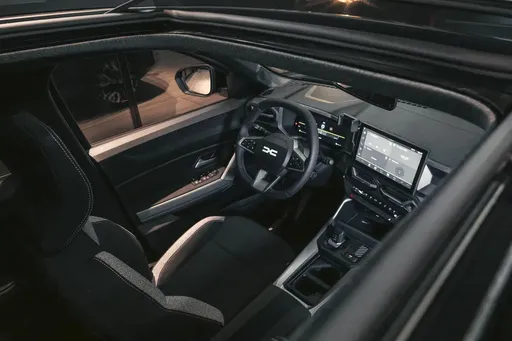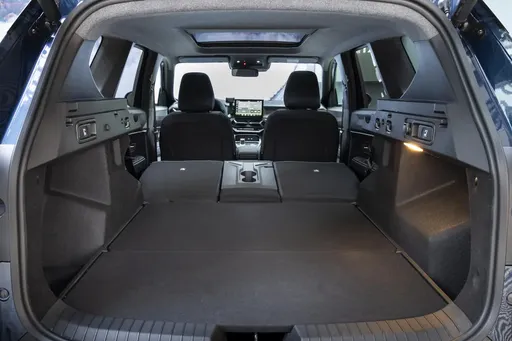Peugeot Rifter vs. Dacia Bigster: A Battle of Versatility and Utility
In the world of versatile family vehicles, the Peugeot Rifter and Dacia Bigster stand out as two distinct yet compelling options. The high roof wagon Rifter and the SUV Bigster cater to families and adventurers alike, promising a blend of performance, space, and modern conveniences. Let's delve into the details to see how these two vehicles compare in terms of technical aspects and innovations.

